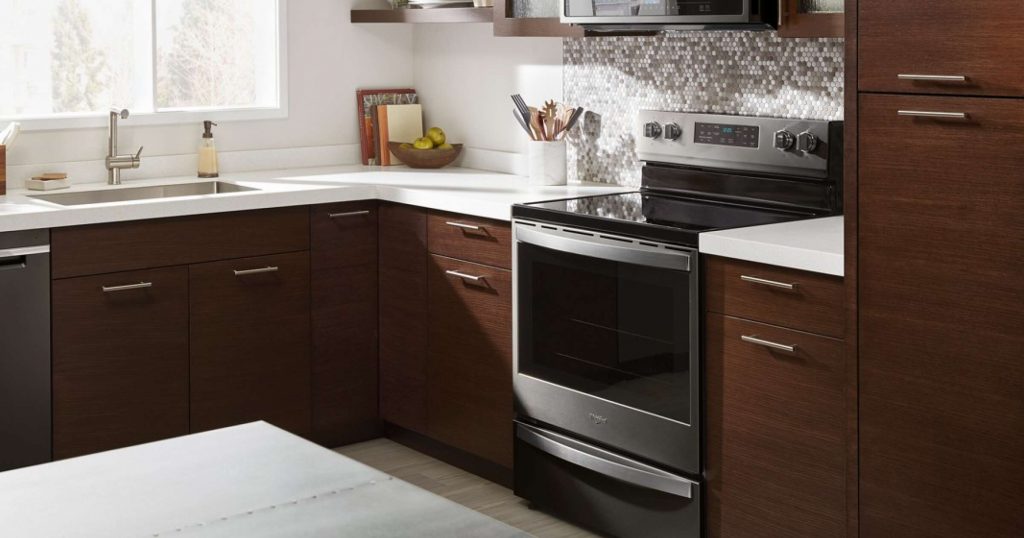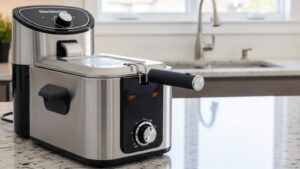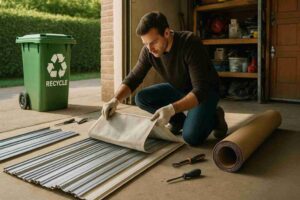Oven Installation Tips to Remember

There are many tips to follow when installing an oven. These include electrical requirements, mounting screws, and safety guidelines. Hopefully, these installation tips will prove to be helpful. Remember to use a helper when installing the oven. Ideally, you will have someone to guide the range back behind the wall by visiting oven installation Washington DC. However, getting help from a professional may be helpful if you are alone. These tips should help you install a new oven without causing any damage.
Proper handling of ovens
Ovens are highly versatile, and you should handle them with care. They are usually purchased with a particular application in mind. If you’re unsure of how to use your new oven, contact the manufacturer of your model. Almost all failures of ovens are due to human error, including improper maintenance, improper application, and improper training of operators. Avoid placing flammable solvents or chemicals in ovens because they can cause combustion.
Before wiring your oven, ensure the existing wiring is adequately earthed. The electrical wiring on your range should be done by a qualified technician and must meet the electrical codes of the area where you are installing it. For electric ovens, make sure that you use a three-wire, single-phase A.C. system that operates at 60 hertz. Be sure to shut off the power supply line when making connections.
Electrical requirements
When installing an oven, make sure the electrical wiring meets the code. The wiring should comply with CAN/CSA C22.2 No. O-M91. The stove must be wired with a three-wire, single-phase, 60 hertz A.C. electrical system. Before making any electrical connections, turn off the oven’s supply line. If it is a new installation, the installation process is relatively simple.
It would be best if you wired the oven with a 3-wire or four-wire circuit. Newer models may require a separate neutral or ground wire. Check the electrical wiring specifications before installation to be sure you have the proper wiring for your oven. For example, if installing an oven with a 3-wire circuit, you need to use a crimp sleeve to bond the neutral and ground wires together.
Mounting screws
Before you begin the oven installation process, ensure you have all the mounting hardware on hand. The screws and bolts are included in the package. Use them correctly, as improper installation can cause your new oven to fall out of the cabinet. You can purchase mounting screws from any hardware store. Then, follow the installation guide to install the oven. Installing the oven is relatively simple and should only take a few minutes.
Before completing the installation, unplug the electricity and the wiring from the oven. Disconnect the power and the grounding wires before beginning. Then, connect the electrical wires according to the instructions. Use wire nuts to connect the green and white wires of the oven. Make sure to remove the insulation from these wires. If the oven doesn’t have wire nuts, they will fall out and have to be replaced.
Safety guidelines
It’s vital to adhere to the manufacturer’s guidelines regarding oven installation. If you plan to install an oven, check its label for independent testing laboratory certification. Additionally, it’s wise to register your range online so that you can be notified of any dangers. Keeping children, pets, and flammable materials away from the oven will help keep everyone safe. Make sure to keep the oven switched off when not in use. It’s also a good idea to unplug anything stored inside before using it.
In addition to following the manufacturer’s guidelines for installation, you should also check your local building codes. Failing to follow these rules can result in a dangerous condition. To avoid this, you should ensure that the wiring of your oven meets CAN/CSA C22.2 No. O-M91 requirements. The electrical system should be 60 hertz and three-wire, single-phase A.C., 208Y/120V, or 240/120V. Before making any electrical connections, turn off the power to your oven.
Noise from convection oven
If you’re having trouble with the sound of your convection oven, there are a couple of causes you may want to try. One of the leading causes is the cooling fan, which runs automatically at the end of your cooking session. If the fan is making noises when you’re baking, it may be due to a malfunction, but the sound could also result from ambient particles. In any case, you should investigate these issues as soon as possible to prevent further damage.
The fan in a convection oven is an essential part of the cooking process. It is responsible for circulating hot air around your food so that it cooks evenly. Some convection ovens use a third heating element on the back of the oven instead of a bottom heating element. Regardless of the method, it would be best if you remembered that these ovens generally make more noise than a conventional oven. If you don’t mind the noise, you should buy a convection oven with an option to turn off the fan.
Cost of installation
The cost of oven installation can vary depending on the size of your new appliance. Average residential ovens are 70 centimeters. More extensive models require additional construction work and may increase the installation cost. In addition, the oven installation cost depends on geographic location, as outdoor facilities have different requirements. If you can install the oven on your own, you can typically complete the job in under an hour. But if you do not feel confident in your DIY skills, you can hire a professional installer to complete the project.
It would be best if you also kept in mind that it is illegal to install an oven without the services of an electrician, so you have to ensure that the company you choose has experience installing ovens. It is also important to ask about the cost of oven installation in advance. It would be best if you did not settle for the first quote you received. The best way to determine the cost is to request multiple quotes from various installation companies. These quotes will give you a good idea of the market rate and ensure you’re getting an expert who knows what they are doing.







